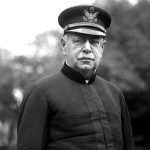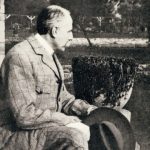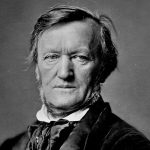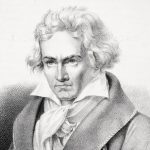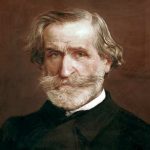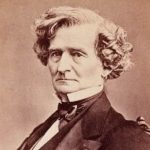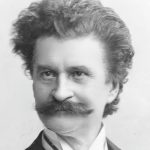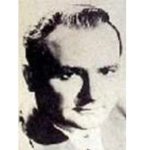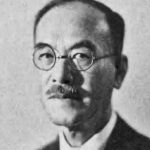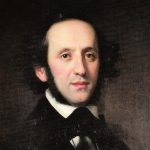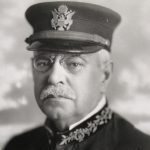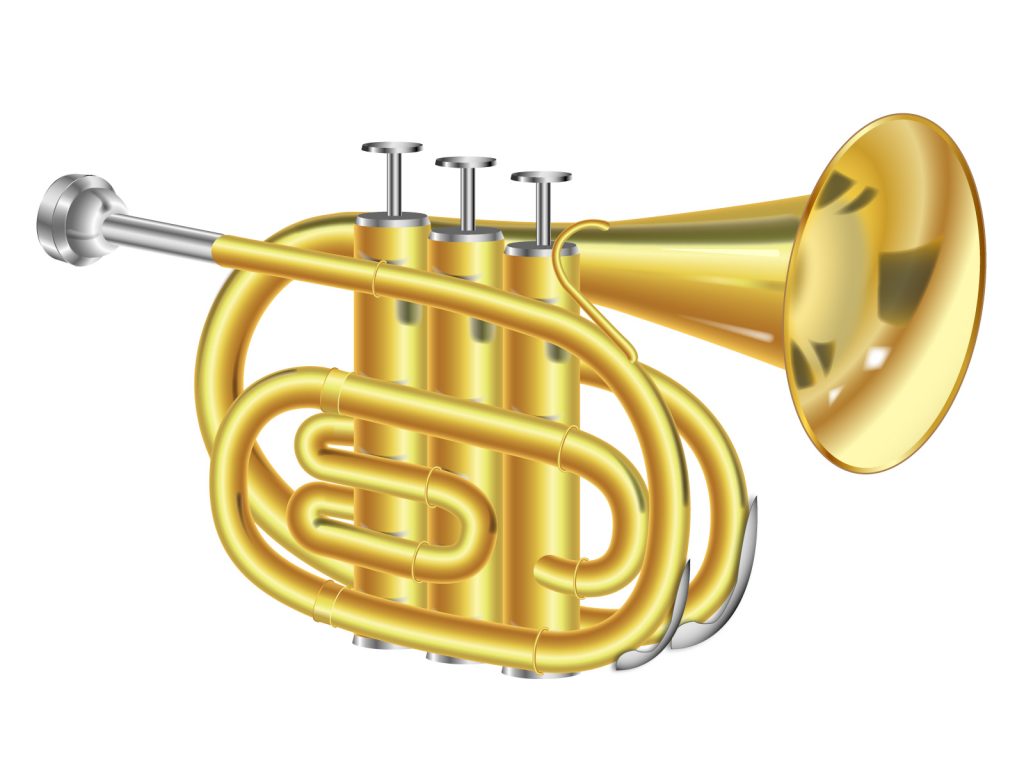
Marches are a genre of music characterized by rhythmic, uplifting beats, often performed at military events, parades, and ceremonies. Their powerful rhythms and bold melodies have inspired courage and unity among people for centuries. Here, we introduce some of the most iconic marches loved around the world.
John Philip Sousa "The Stars and Stripes Forever"
John Philip Sousa’s The Stars and Stripes Forever, composed in 1896, is one of the most iconic American marches. Distinguished by its powerful, brilliant melody and rhythmic energy, it is frequently performed at national celebrations and parades. This masterpiece helped earn Sousa the title “The March King,” and it remains beloved today as the official national march of the United States.
Edward Elgar "Pomp and Circumstance March No. 1"
Edward Elgar’s Pomp and Circumstance March No. 1, first performed in 1901, is renowned for its majestic and powerful melody. The famous middle section, later adapted into the song Land of Hope and Glory, is often regarded as a second national anthem of the United Kingdom. Frequently performed at ceremonies and commemorative events, the piece conveys grandeur and a sense of uplift, making it one of the most celebrated and beloved classics worldwide.
Richard Wagner "Under the Double Eagle"
Richard Wagner’s Under the Double Eagle, composed in 1872, is a march named after the double-headed eagle, a symbol of the Habsburg Empire. It is characterized by its powerful, dignified melody and brilliant musical development, making it a favorite of military bands and ceremonies across Europe. With its stately sound, the piece conveys a sense of grandeur and pride, standing as one of the most representative marches of its time.
Ludwig van Beethoven "Turkish March"
Beethoven’s Turkish March was composed in 1811 as part of the incidental music The Ruins of Athens, Op.113. It is characterized by lively, brilliant melodies and rhythms that imitate Turkish-style percussion, combining the charm of a march with an exotic flavor. Thanks to its catchy and accessible theme, the piece is often performed independently and remains one of Beethoven’s most popular shorter works.
Giuseppe Verdi "Triumphal March" from Aida
Verdi’s Triumphal March from the opera Aida, first performed in 1871, is one of the most dazzling and majestic pieces in the operatic repertoire. Heard in Act II during the celebration of the Egyptian army’s victory, its brilliant fanfares and rich choral writing create a grand and festive atmosphere. Beyond the opera house, the piece is often performed independently at concerts and ceremonies, making it one of Verdi’s most famous and widely cherished works.
Hector Berlioz "Rakoczy March"
Berlioz’s Rakoczy March is based on a Hungarian patriotic melody and was arranged in 1846 as part of the incidental music for The Damnation of Faust. It is marked by its vigorous rhythm and brilliant orchestral colors, enhanced by Berlioz’s signature grand orchestration that gives the piece exceptional power. Frequently performed as a standalone work, it has become a dazzling concert piece beloved by audiences worldwide.
Johann Strauss II "Radetzky March"
Johann Strauss II’s Radetzky March, composed in 1848, is one of Vienna’s most iconic marches, written in honor of Austrian Field Marshal Joseph Radetzky. Known for its lively rhythm and bright, uplifting melody, it has become a symbol of festivity. The piece is famously performed as the traditional encore at the Vienna Philharmonic’s New Year’s Concert, where the audience joins in with rhythmic clapping. With its celebratory spirit and enduring charm, the march remains beloved around the world as a timeless classic.
Frank W. Meacham "American Patrol"
Frank W. Meacham’s American Patrol, composed in 1885, is a march that symbolizes American patriotism and vitality. Its light, spirited rhythm and memorable melody made it popular in both military and concert settings. The piece later gained even wider recognition through swing jazz arrangements, most notably by the Glenn Miller Orchestra. Combining the strength of a traditional march with entertainment appeal, it remains a beloved classic, frequently performed and recorded to this day.
Tōkichi Setoguchi “Battōtai March”
Tōkichi Setoguchi’s Battōtai March, composed in 1885 for the Imperial Japanese Army Band, is regarded as Japan’s first authentic Western-style march. Written to honor the Battōtai unit that fought in the Satsuma Rebellion, it is distinguished by its bold and vigorous melody. The piece laid the foundation for the development of Japanese military music and continues to be frequently performed in wind ensembles and ceremonial occasions today.
Mendelssohn "Wedding March" from A Midsummer Night’s Dream
Mendelssohn’s Wedding March from A Midsummer Night’s Dream, composed in 1842 as part of the incidental music for Shakespeare’s play, has become one of the most famous ceremonial pieces in the world. Its grand, fanfare-like opening and bright, jubilant melody made it the standard choice for wedding processions, especially for the entrance or exit of the bride and groom. Although originally written as part of stage music, it stands on its own as a powerful and timeless piece, cherished worldwide as a classic symbol of celebration and romance.
March music continues to inspire and energize listeners with its bold rhythms and spirited melodies. The masterpieces introduced here are not only perfect for ceremonies and parades but can also uplift spirits in everyday life. Through these famous marches, one can truly experience the enduring power of music.

